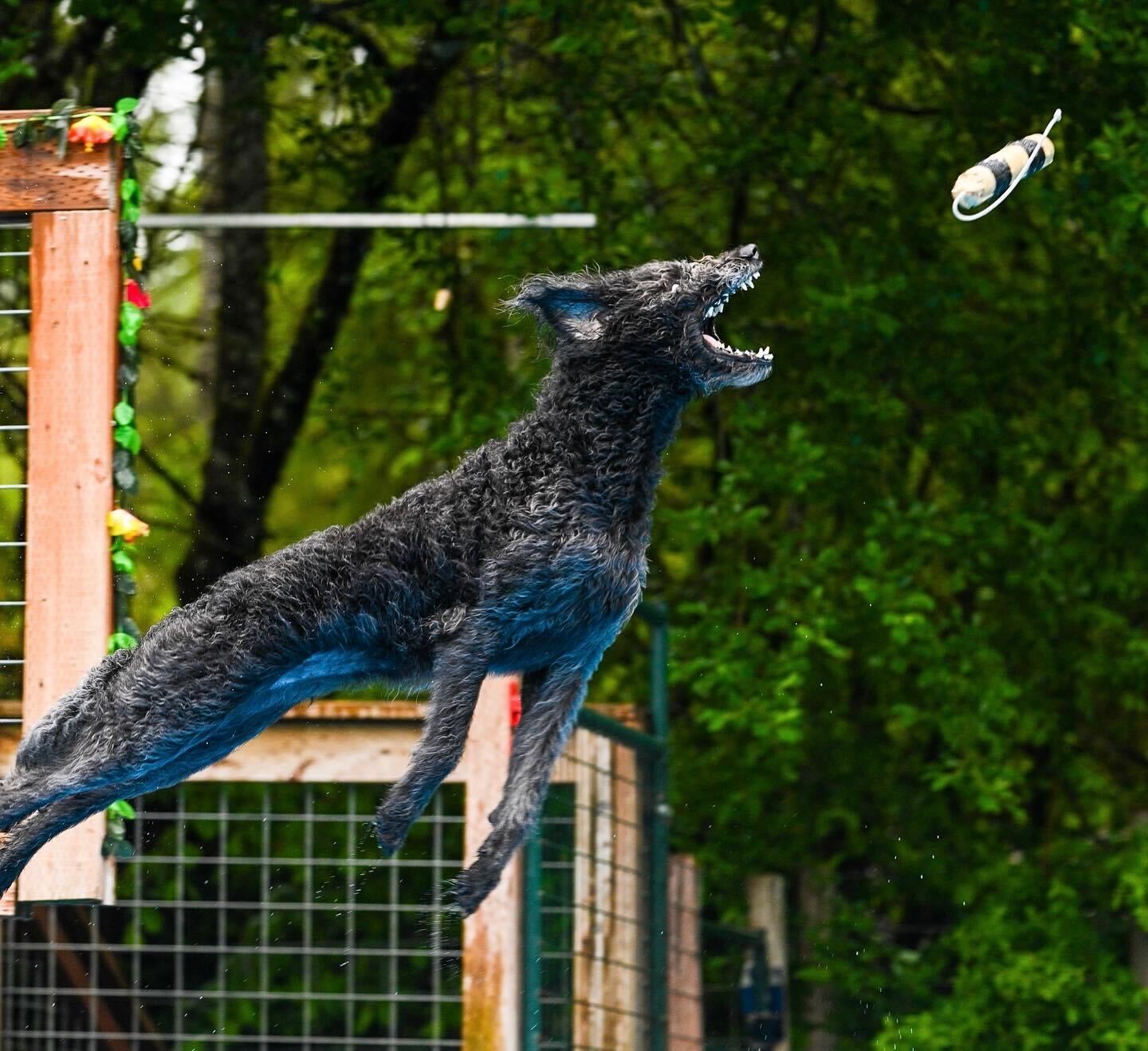Dog Tooth Extractions: Costs, Care, & More
We’ll break down the facts about your pup’s fangs.

We’ll break down the facts about your pup’s fangs.

When dogs experience tooth damage, it can really put a cramp in their style. Sometimes, removing that problematic tooth is the best option to get them back to feeling comfortable again.
Depending on your dog’s specific issue, your vet might recommend a tooth extraction to help your pup. Here’s what to expect.
Dogs may need tooth extractions if an underlying condition is causing irreparable damage to their pearly whites. That includes things like:
Basically: If it’s not possible or practical to treat the dental problem and salvage the affected teeth, then extracting the tooth can improve your dog’s overall comfort and dental health.
The way that your vet performs a tooth extraction will depend on the affected tooth and any complications, like the number of teeth that are infected or broken. Some extractions can take minutes, while more complicated extractions might take an hour or more.
When you drop your dog off at the vet for an extraction surgery, your vet will take some or all of these steps:

As you can imagine, the cost of oral surgery can be pretty steep. Extraction costs can vary significantly and will depend on factors like where you live, your vet’s office’s policies, and how complicated your dog’s case is. Generally speaking, extractions can cost anywhere from several hundred to several thousand dollars.
If your dog is a particularly complicated case, your vet might refer you to a board-certified veterinary dentist. Surgical extractions at these specialty facilities can be more expensive than those performed at your local vet’s office.
Since costs can vary so significantly, it’s best to ask your vet for an estimate. Your vet will be able to give you a detailed breakdown of the anticipated expenses involved with the surgery, as well as the potential overall cost. Remember that this is just an estimate, and if your vet finds additional complications during the procedure, the cost of the extractions could increase.
Lemonade Pet offers dental coverage options that vary by location. Our dental coverage can help with treatments, procedures, diagnostics, and medications related to dental illness, including treatments for gum disease like gingivitis and periodontal disease. In select states, our enhanced Dental Care add-on also includes routine cleanings and covers pre-existing dental conditions.
If your dog needs to have a tooth removed as the result of an accident, let’s say, after some roughhousing at the dog park, a base accident and illness Lemonade Pet policy will probably have you covered. Keep in mind that tooth extractions required for orthodontic reasons will never be covered by Lemonade Pet.
While your dog will be on pain medication after the dental procedure, they’re likely still going to be a bit tender and may not quite feel like themselves for a day or so after the surgery. However, most dogs regain their appetites and are back to their playful selves within two to three days.
When your dog comes home, your vet will likely ask you to feed them soft food to make chewing more comfortable. Hard as it might be, you also might need to keep your dog quiet for a few days to give them time to heal. Games of fetch or trips to the dog park might be off the table for a while.
The best way to avoid complications after a dog tooth extraction is to carefully follow your vet’s instructions. Your dog may be on pain medications and antibiotics, and it’s important to always give your dog the complete course of antibiotics, even if you think they’re all healed up.
Keep a close eye on your dog and look for issues like excessive pain, ongoing reluctance to eat, bleeding from the mouth, and even vomiting or diarrhea. Contact your vet right away if you notice any of these symptoms lasting more than a day or two, and make sure that you bring your dog in for any scheduled follow-up appointments to verify that the site is healing well.

Routine dental care and cleanings can go a long way toward reducing your dog’s chances of ever needing a dental extraction. Daily tooth brushing can help to keep your pup’s teeth healthy, and professional dental cleanings can provide a deeper cleaning to remove anything that your at-home brushings missed.
Luckily, Lemonade offers several Preventative Care packages to help cover the costs of your dog’s ongoing care, like annual wellness exams and vaccines.
While good dental care can reduce the chance of your dog ever needing tooth extractions, sometimes accidents and injuries still happen.
Dental issues can be very painful, and extracting teeth can often put an end to your best friend’s pain. When you pay close attention to your dog’s dental health, you can catch potential issues early on and hopefully prevent them from progressing to the point where your dog needs to have a tooth removed.
A few quick words, because we <3 our lawyers: This post is general in nature, and any statement in it doesn’t alter the terms, conditions, exclusions, or limitations of policies issued by Lemonade, which differ according to your state of residence. You’re encouraged to discuss your specific circumstances with your own professional advisors. The purpose of this post is merely to provide you with info and insights you can use to make such discussions more productive! Naturally, all comments by, or references to, third parties represent their own views, and Lemonade assumes no responsibility for them. Coverage and discounts may not be available in all states.
Please note: Lemonade articles and other editorial content are meant for educational purposes only, and should not be relied upon instead of professional legal, insurance or financial advice. The content of these educational articles does not alter the terms, conditions, exclusions, or limitations of policies issued by Lemonade, which differ according to your state of residence. While we regularly review previously published content to ensure it is accurate and up-to-date, there may be instances in which legal conditions or policy details have changed since publication. Any hypothetical examples used in Lemonade editorial content are purely expositional. Hypothetical examples do not alter or bind Lemonade to any application of your insurance policy to the particular facts and circumstances of any actual claim.